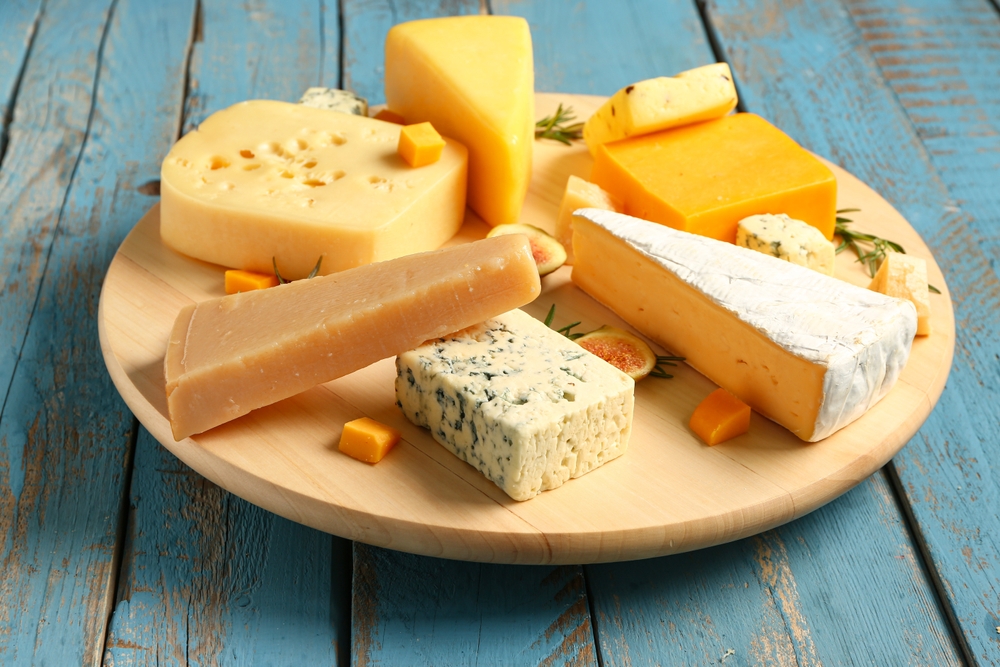Cheese has been part of human diets for thousands of years, yet misconceptions about it continue to spread. From health myths to misunderstandings about its origins, people often accept these false facts as truth. Here are seven of the most common myths about cheese explained in detail, with the real science and history that debunk them.
Cheese Is Just Unhealthy Junk Food
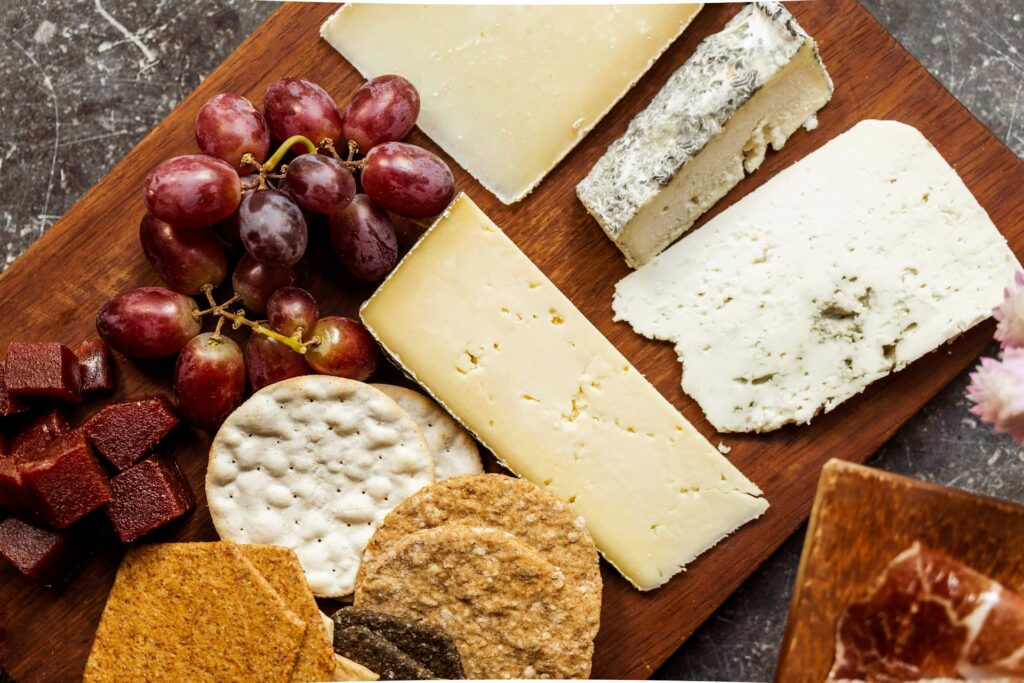
Dairy has been a part of human diets for thousands of years, yet misconceptions about it continue to spread. Cheese is often grouped with fast food and other unhealthy snacks, but this is misleading. Cheeses are calorie-dense, yet it provides significant nutritional benefits. It is rich in protein, calcium, phosphorus, zinc, vitamin A, and vitamin B12.
These nutrients are essential for strong bones, immune health, and energy metabolism. Unlike processed junk foods, which offer little more than empty calories, cheese delivers nutrients that the body can use. Research also suggests that fermented dairy foods like cheese may improve gut health and metabolic balance. The key is portion size. Eating an entire block of cheddar in one sitting is excessive, but enjoying a few slices alongside vegetables or whole grains adds nourishment rather than harm.
All Cheese Contains Lactose
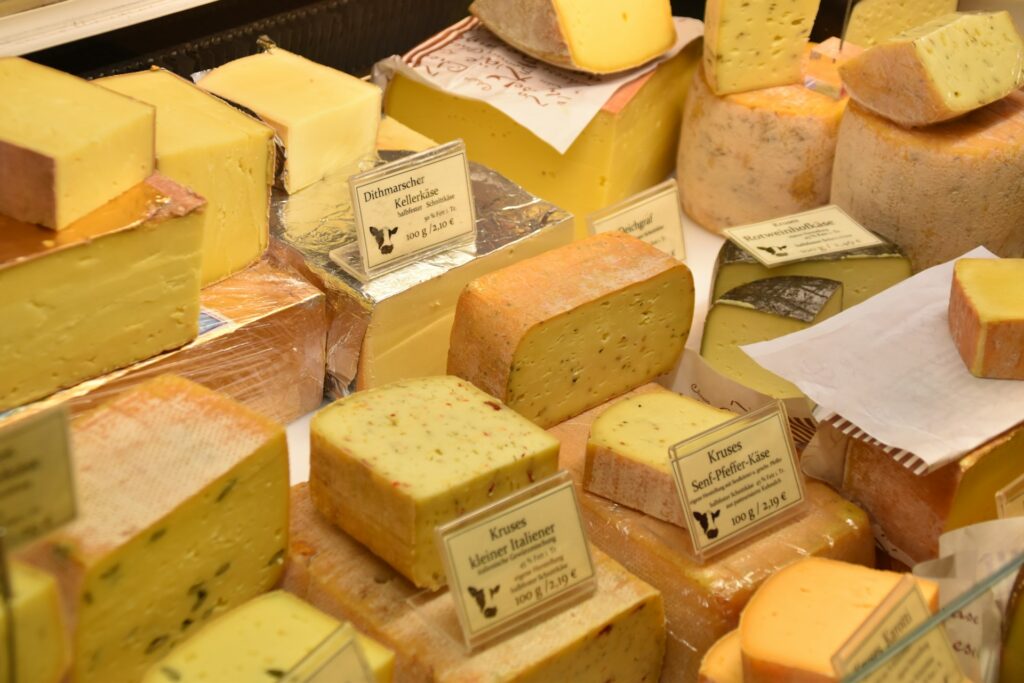
A common belief is that all cheese is unsuitable for people who are lactose intolerant. This is not accurate. Lactose, the sugar found in milk, decreases as cheese ages. During the fermentation process, bacteria break down most of the lactose, leaving only trace amounts in hard cheeses. Aged varieties like parmesan, cheddar, gouda, and Swiss contain such low levels that many lactose-intolerant individuals can digest them without discomfort.
Soft cheeses such as ricotta and cream cheese retain more lactose because they are not aged long enough. This distinction matters for those managing lactose intolerance, since it means cheese does not have to be eliminated completely. Understanding which cheeses are low in lactose allows people to continue enjoying them while minimizing symptoms.
Cheese Causes Weight Gain No Matter What
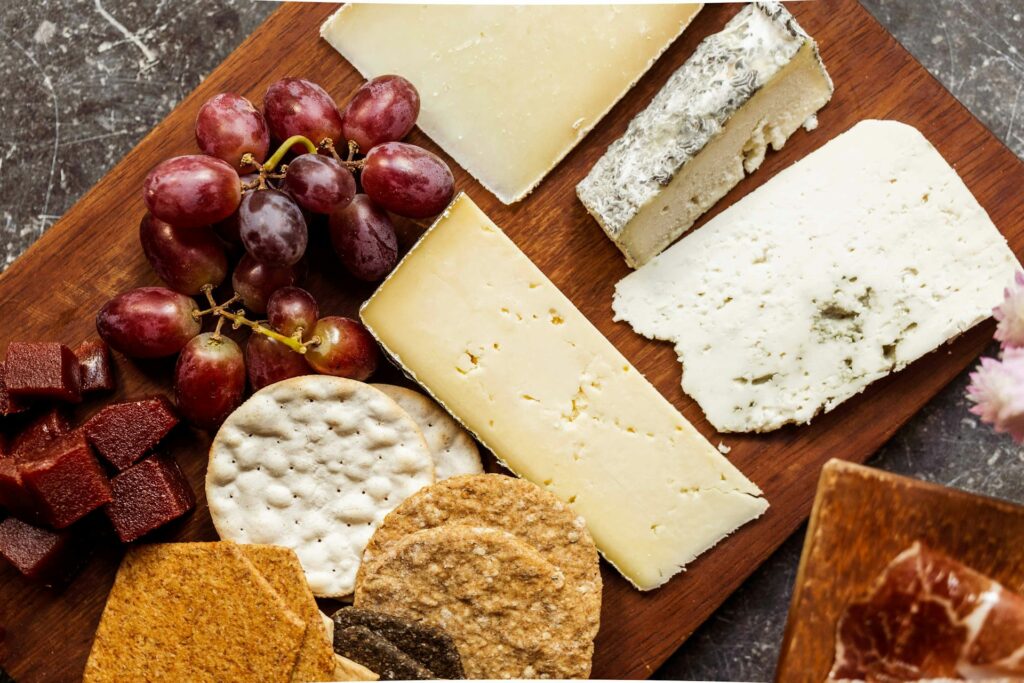
Another widespread assumption is that cheese directly leads to weight gain. While cheese is high in calories, its impact depends on diet as a whole. Protein and fat in cheese contribute to satiety, which can help reduce overeating. Studies show that dairy protein may support lean muscle mass and metabolic health, making cheese more complex than its reputation suggests.
When paired with balanced meals, cheese can play a role in weight management rather than causing inevitable gain. The problem arises when large quantities of cheese are added to foods already heavy in fat and refined carbs, such as pizza or fast-food burgers. In those cases, the combination leads to excess calories. On its own, eaten in moderation, cheese is not the automatic weight-gain culprit it is often portrayed to be.
Mold on Cheese Always Means Spoilage
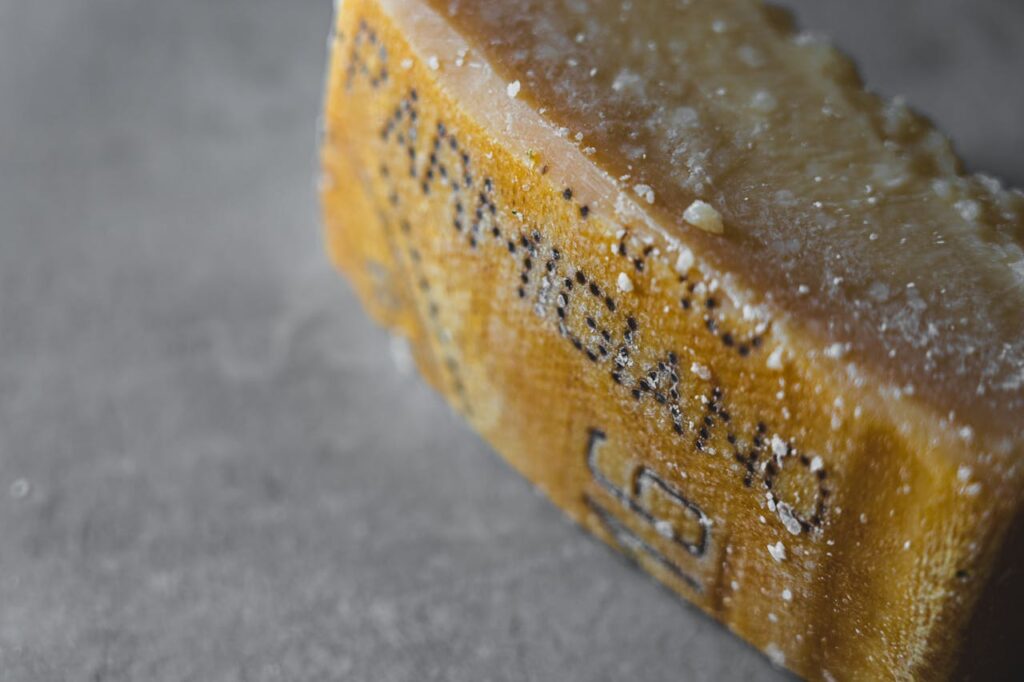
Many people throw away cheese at the first sign of mold, but this belief is only partly true. Mold is a natural part of some cheeses. Blue cheese, gorgonzola, and roquefort develop mold deliberately introduced during the fermentation process. These molds are edible and safe. For hard cheeses like cheddar, gruyère, or parmesan, mold on the surface can be cut off with a margin of about one inch, and the rest of the cheese remains safe to eat.
Soft cheeses such as brie or camembert are more vulnerable. If unexpected mold appears, the cheese should be discarded because harmful bacteria can spread through the soft interior. The myth that all mold is bad ignores the fact that mold is an essential part of creating some of the world’s most famous and flavorful cheeses.
Cheese Was Invented in France
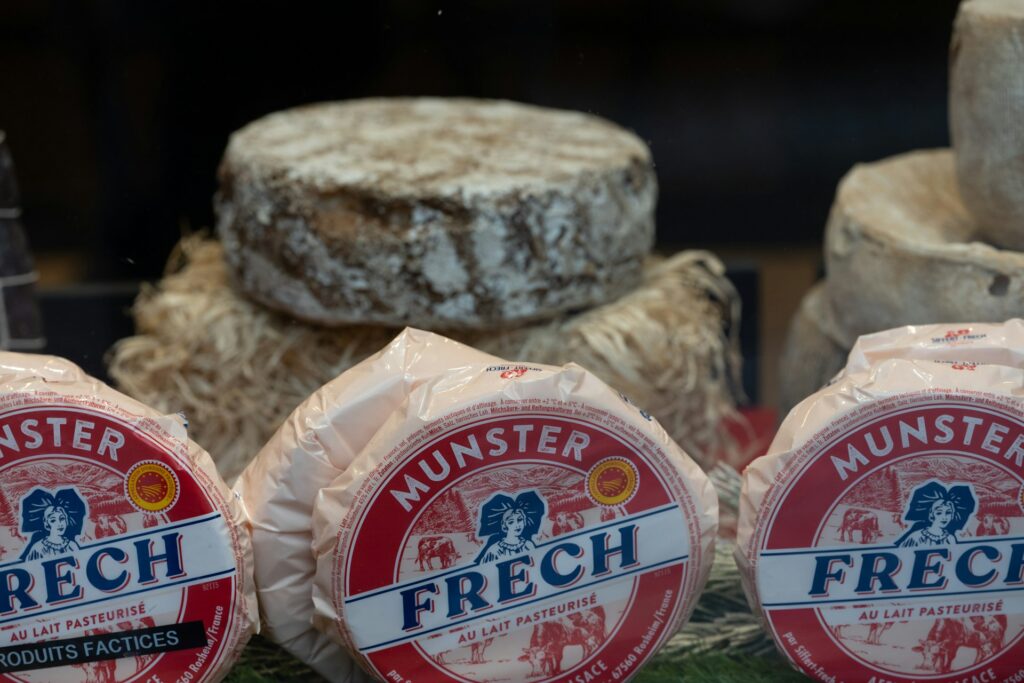
France is associated with fine cheeses, but the idea that it invented cheese is false. Archaeological discoveries reveal that cheese-making existed more than 7,000 years ago, long before France’s traditions developed. The earliest evidence comes from regions near the Middle East and southeastern Europe, where people stored milk in containers made from animal stomachs.
Natural enzymes from the stomach lining, such as rennet, curdled the milk, producing primitive cheese. Over time, this method spread across cultures, with each region developing unique techniques. France eventually became renowned for refining and diversifying cheese-making, leading to classics like camembert and brie, but it was not the birthplace of cheese. This myth persists because of France’s global reputation for gourmet food, but the true origins of cheese are far older and more widespread.
Cheese and Dairy Always Cause Acne
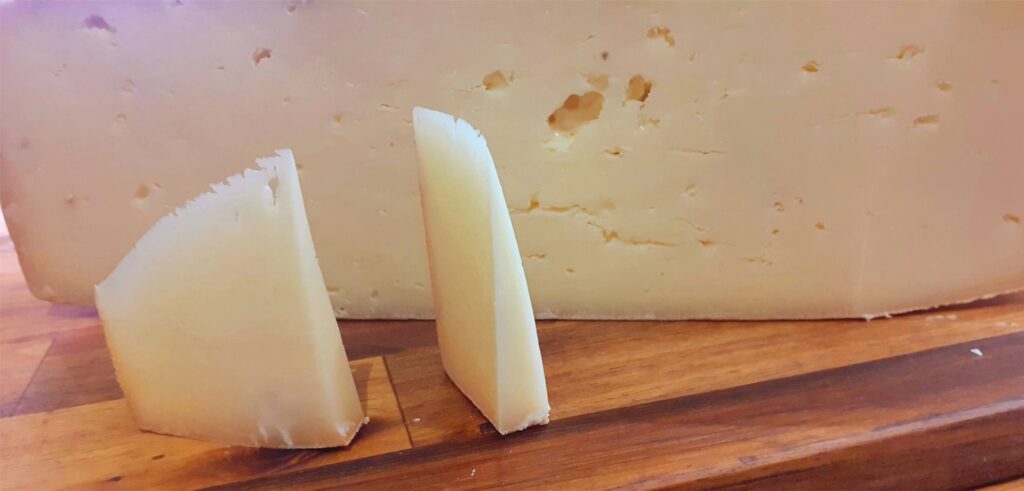
The belief that cheese always leads to acne oversimplifies a complex issue. Acne results from several factors, including genetics, hormones, and skin bacteria. Dairy proteins, particularly whey, may influence hormones that affect oil production in some individuals, but the connection is not universal. Hard cheeses and fermented varieties are less likely to have an effect because they contain lower levels of these proteins compared to milk or whey-based products.
Some studies have found limited associations between high dairy intake and acne, while others show no direct correlation. The myth continues because people notice flare-ups after eating dairy-heavy meals, but this does not mean cheese is the sole cause. For most people, cheese can be enjoyed without affecting skin health. Identifying personal triggers is more useful than following blanket claims.
Processed Cheese Is the Same as Natural Cheese
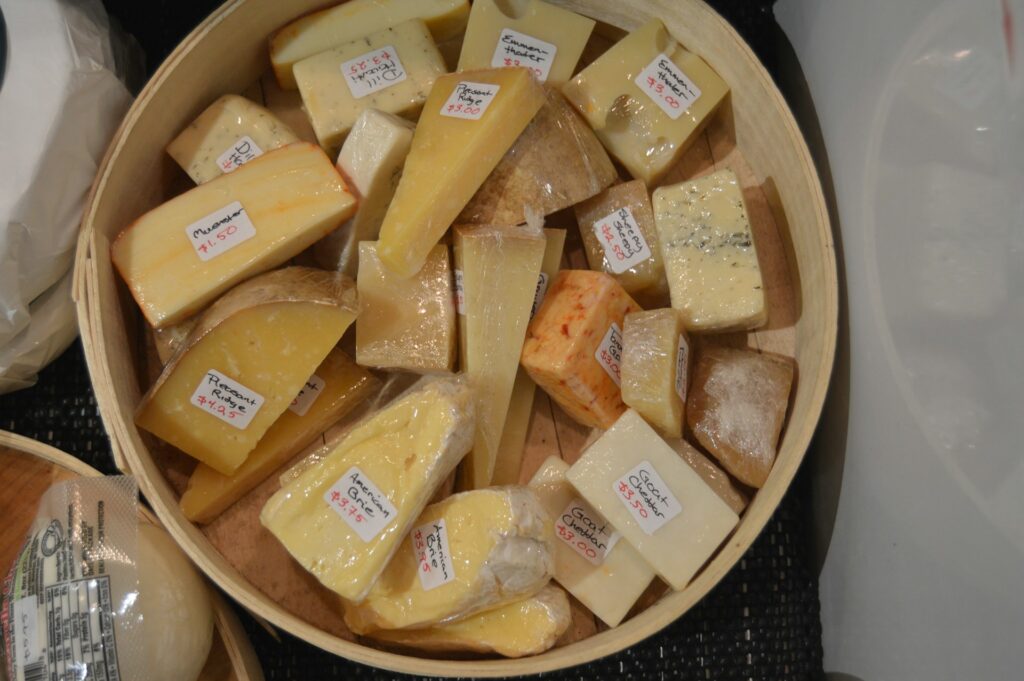
Many people assume processed cheese, like wrapped slices and cheese spreads, is the same as natural cheese. In reality, processed cheese is made by blending natural cheese with emulsifiers, preservatives, and sometimes additional oils or starches. This gives it a uniform texture, extended shelf life, and consistent flavor, but it is no longer the same as traditional cheese.
Natural cheese is a product of fermentation, with live cultures that contribute to flavor complexity and nutritional benefits. Processed cheese has fewer live cultures and may contain additives that change its nutritional profile. While processed cheese is convenient for sandwiches or melting, it does not carry the same health properties as a natural wedge of aged cheddar or gouda. Confusing the two creates the false belief that all cheese is identical, when in fact they differ in production and quality.
Understanding These Truths
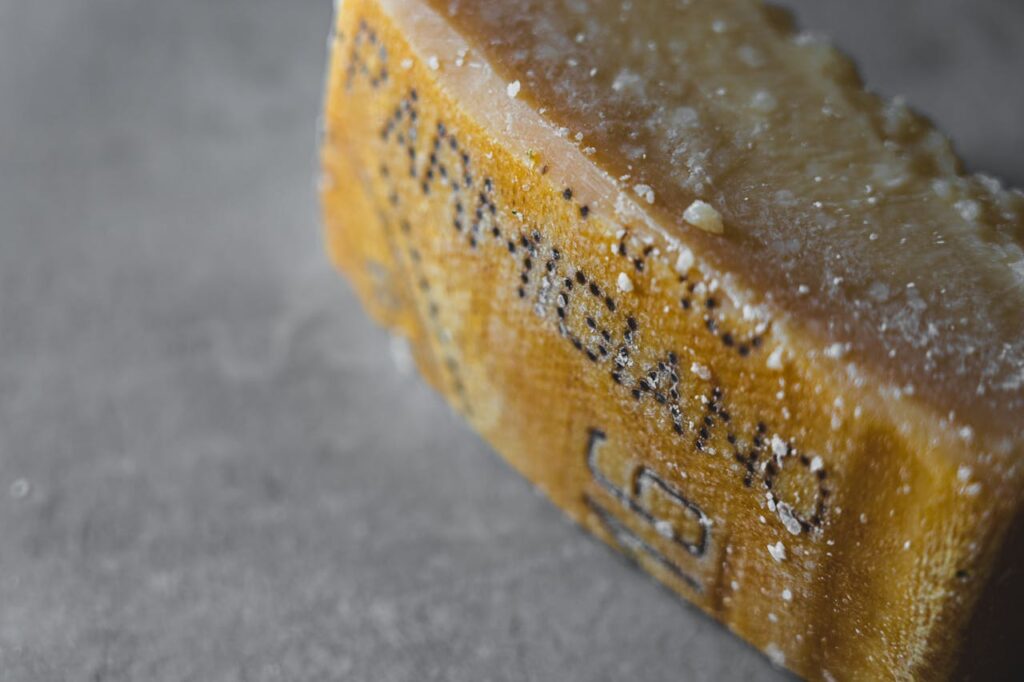
Cheese is surrounded by myths that influence how people view it, but closer examination shows that many of these claims are inaccurate. It is not simply unhealthy junk food, nor is it guaranteed to cause acne or weight gain. Mold does not always signal spoilage, and lactose levels vary depending on the type of cheese. Its invention cannot be credited to France, and processed cheese is distinct from natural varieties.
By separating fact from fiction, cheese can be appreciated for what it truly is, a nutrient-rich and culturally significant food that has supported human diets for thousands of years. Understanding these truths allows people to enjoy cheese without unnecessary restrictions.
Read More: 10 Foods People Crave Most and the Hidden Health Clues Behind Them
Disclaimer: This article was created with AI assistance and edited by a human for accuracy and clarity.
